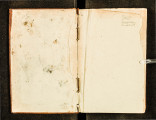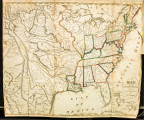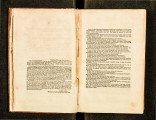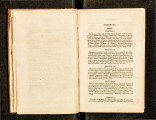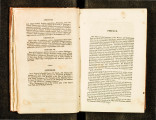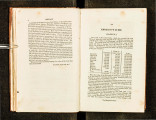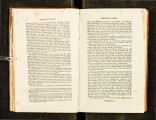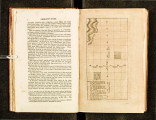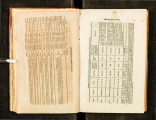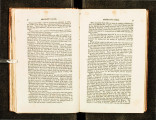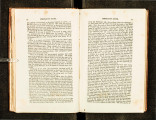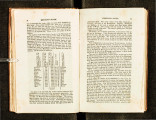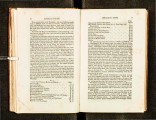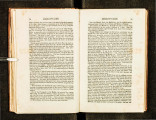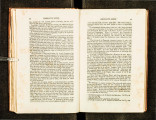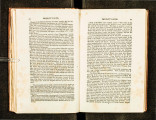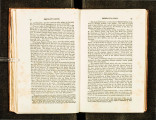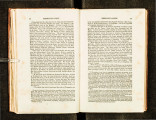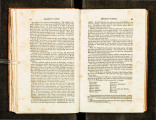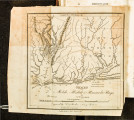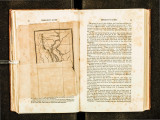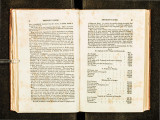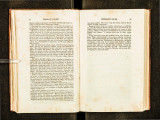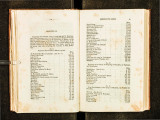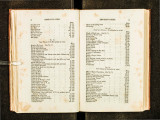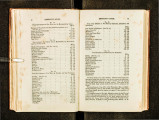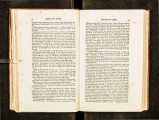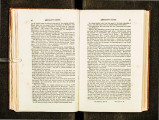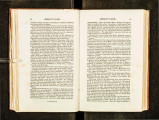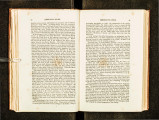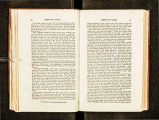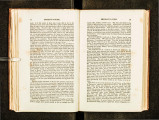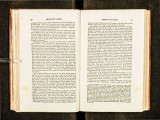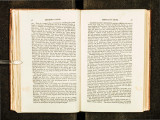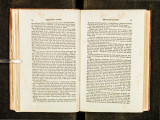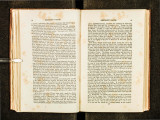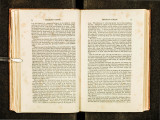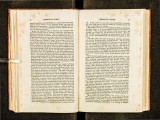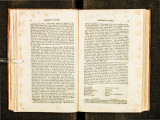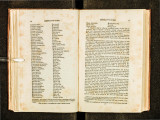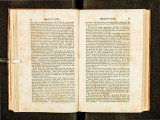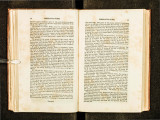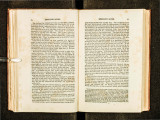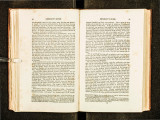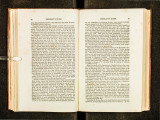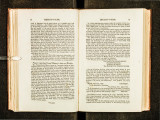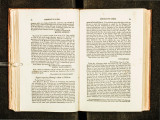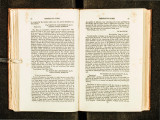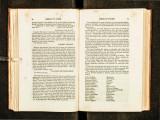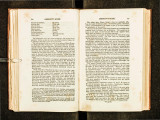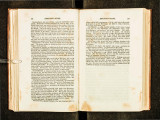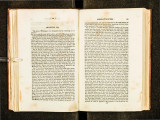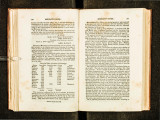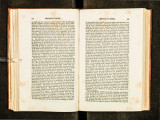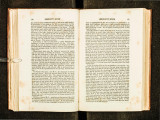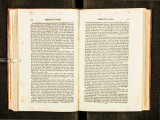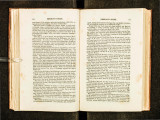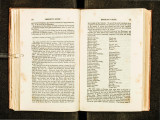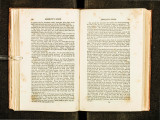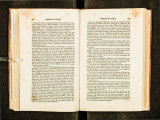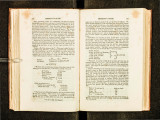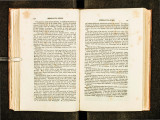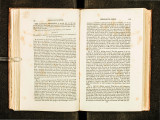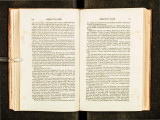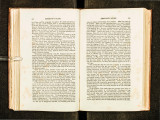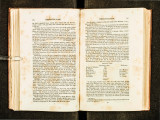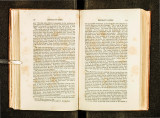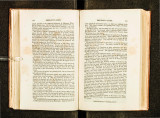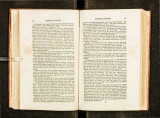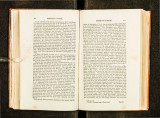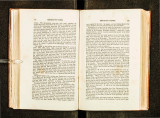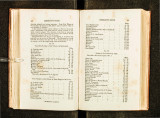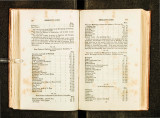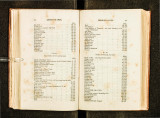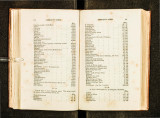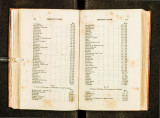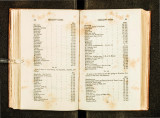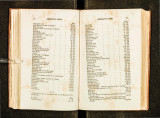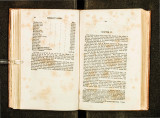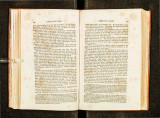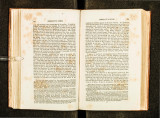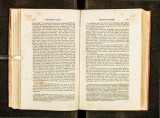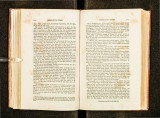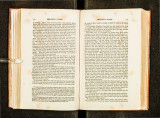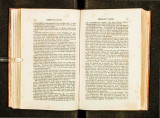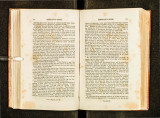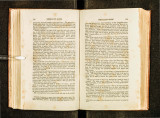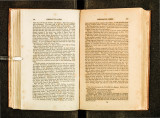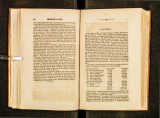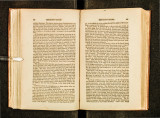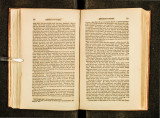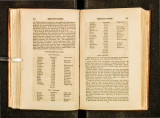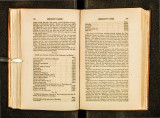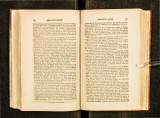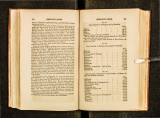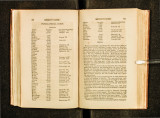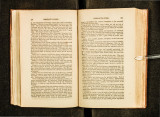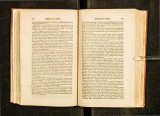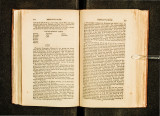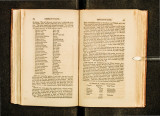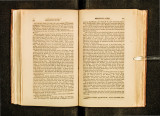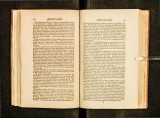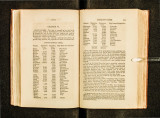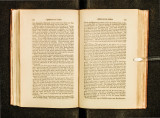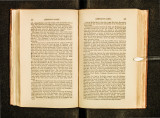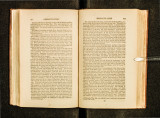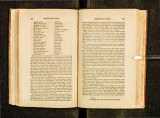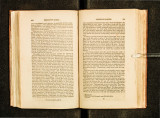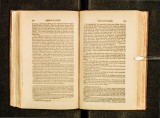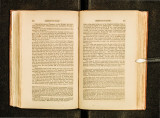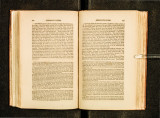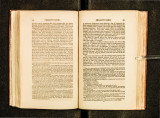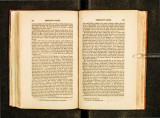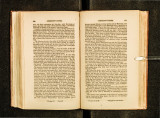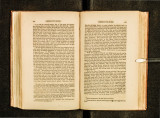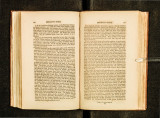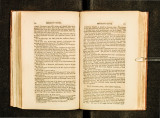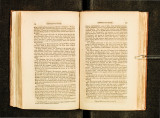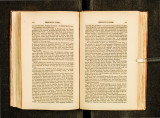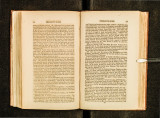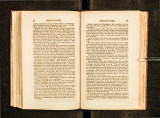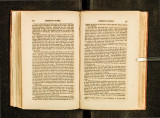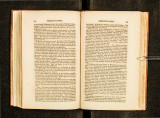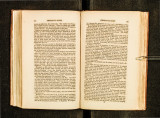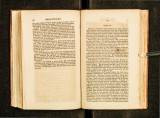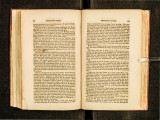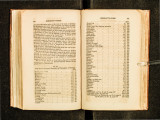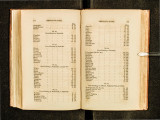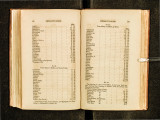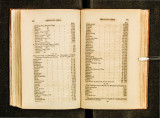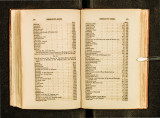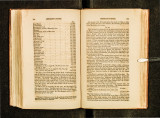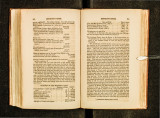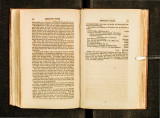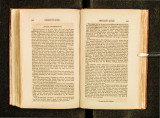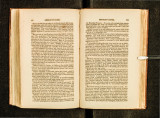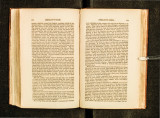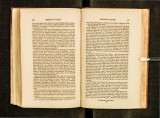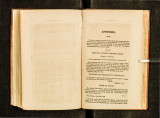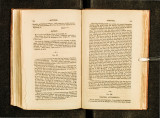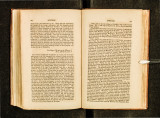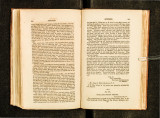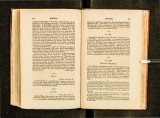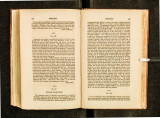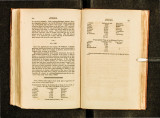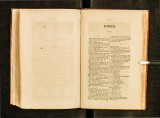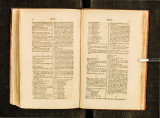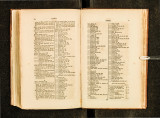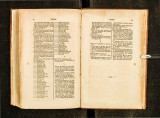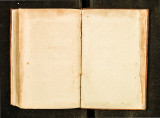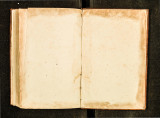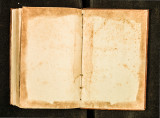| OCR Text |
Show 246 EMIGRANT'S GUIDE. " It is with us a general remark, that of late years the summers have b£:come hotter, and the winters colder, than fo~merly. . Orange trees, and other tender exotics, have suffered more m the ne1ghbour-h d f New Orleans within these four or five years, than before that 0er0i od0 ; the sugar-can' e, also, has been so muc h l.n J. ure d .b y th e seve- ~ty of the first of the .two last ~vinters, as greatly to discoura.ge the planters, whose crops m many mstances have fallen to one-thtrd, or 1 of their expectations. In former years I have observed the mere~:; of the thermometer not to fall lower t~an. 26° or ~7°; but for a few years past it has, generally once or twtce Ill the wmtcr, fallen as low as from 17 to20 deg., and on the 12th December, 1800,as above •· d "t was found sunk to 12 deg. * which has hitherto no parallel inno dthcies c, l1i mate; indicating a degree ' o f co ld w h. h · tr IC m any coun .Y would be conside re,P. considerable, and probably may never be agam produced by natural means in lat. 31 i 0 -t "As this apparent alteration of climate has ~e.en remarked on.Iy f~r a few years, and cannot be tra_ced u~ to any VlSI~le, n~tural, or artific ial chanae of sufficient rna mtude, It would be m vam to search for its physic:J cause. Dr. Willia~s~n, anu othe~s, ~1ave endeavoured to show, that the dearing, drammg, and culhvatJOn extende~ over the face of a continent, must produce the double effect of the Ielaxation of the rigours of winter, and an ab.atement of the heats of summer ; the former is probably more ev•.uent than th~ latt~r; but admittina the demonstration to be conclusJ v.e, I would mqmre whether a parti.al clearing, extending thirty or forty miles squar~, r~1ay .not be oxpected to produce a contrary effect, by admitting, w1th .full hberty, the sunbeams upon the Jiscovered surface of the earth m summ.er, and promoting, during winter, a free circulation of ~old n.orthern ~1r.t '' The winds of this country are extremely vanable m the wmte! cason seldom blowing above three days, successively, from the ~arne ~oint. The northwest wind ?rings _us the severest co_ld. It m_ay ue considered a general rule, durmg· wmter, that all wmds blowmg from 1he east of the meridian bring rain, and those from the west, dry weather; the east and southe.ast w~nds are most abund~ntl~ charueu with moisture, as the oppos1te pomts are always the dne.st' tbc northeast winds , during their season, are moist, chilly, and disagre<' ahle; but seluom prevail for any length of time ; the northwest \'r ind bring'l (though rarely) sleet or stlow.§ After two, three, or • tt The author of this treatise resided from the month of Sept. 1799.' and all tne year 1800, on Pine Ridge, eight miles nol"{h of Natchez~ and was wtl~rsb~~ l!IC !:>evere sleet storm of .J,muary nnd February, and the Intense cold eem!Jer, 1800. During the sleet storm the wind wai from northeast. ·j· As far as its effec ts \Vct·c exet·tcd upon vegetables, and upon st~g~:~1! waters, tb frost of .Februar·y, . 1807, and _that of December, 1814, mus uioo. b(o)eo, cacll, at least as S(jVet·e, 1f not more 1ntense, than that of December, .. 1 The boundless (eKccpting the respectiv·e seas) expanse o f pra· m·~ 1·~ . Louk1es1d· n a, atfords a C( mpletc .. upport to the conjecture of~,._ Dun?ar; an ts~: 11tlrose ~udace, extent.ling northwest of the Ohio aud Mohtle basms, expo plac s to the severe cold annually experienced in lat. 30. . § The sleet. storm of ISOO, came with a llOrtbcast wind, as has beeH noted' that or 1807, with a ncnthwest wind. EMIGRANT'S GUIDE. • £47 four· days of damp, cloudy, or rainy weather, it suddenly clears up with a cold northwest wind, which blows frequently with great force during the first, and sometimes part of the second day after the change,. the nights being generally calm; after a like period of fair weather, of which the two first days are clear and freezing, and the other two fiue, mild, and agreeable, with a morning's heavy frost, it revolves again into the same circle of damp and rainy weather. This may be considered as the general revolution of the winter season, but with many exceptions. rrhe frequent and rapid ehanges in the state of the weather during the winter, in this climate, furnish an exceJJent opportunity of verifying the vulgar opinion, of the moon's pretended inHuence at her conjunctions, oppositions, and quadratures; but truth cempels me to say (what probably may be said of many similar persuasions*) that after a coutinued and scrupulous attention to this object, I have not discovered any such regularity of coincidence, which might justify the reverence with which those traditional maxim£ are at this day received, by all those whose minds are not expanded by the lights of philosophy. " With the month of February our spring season may be said h~ commence, and southerly winds prevail, as if propitious nature was inclined to facilitate the operations of the husbandman, by carrying off the superabundant moisture, with which the surface of the earth is drenched, after the winter rains. This salutary effect is much more apparent on the flat lands of lower Louisiana than with us. "As the spring and summer advances, the winds blow chiefly from between southeast and southwest, with variations from all parts of the compass. During the hot season the winds are frequently remarked to follow the progress of the sun ; being found at northeait or east in the rnorning, and shifting round, die away in the evening at south-southwest. . " Before the close of November, we are reminded of the approach of winter by a few cold mornings and evenings, and sometimes nipping frosts, which exhibit their destructive po~er, first, in the valleys, by killing tender plants, while those on the adjoining hills reta in, ~orne time longer, their bloom and verdure. This effect is to be accounted for by the greater specific gravity of the condensed air, which runs off at all sides from elevated situations into the nearest valleys, there forming a mass of great extent, while the hills are supplied with air less dense and warmer, from a su perior stratum of tfie atmosphere. The influence of this cnuse is riO gre.a t, at the first approaches of winter, that a difference of 10° of Fahrenheit's scale, h-.s been noted at the short interval of three miles in the direction uf east and west : one p~sition overlooking th~ gn~at valley of the lVI ississippi, thirty miles rn de, while the other was in the interior, environed by forests. On the morning of the 13th November, I '799, the thermometer stood, in the first situation, at 42°, and in the latter at 32°. t" ~+ Superior temperature of the Ohio basin, fot• instance. ~ t Tran~actitns of the ~meriaan Philosophical Soci~, yQ}. vi. page 43, ani ~eqq,el . |



